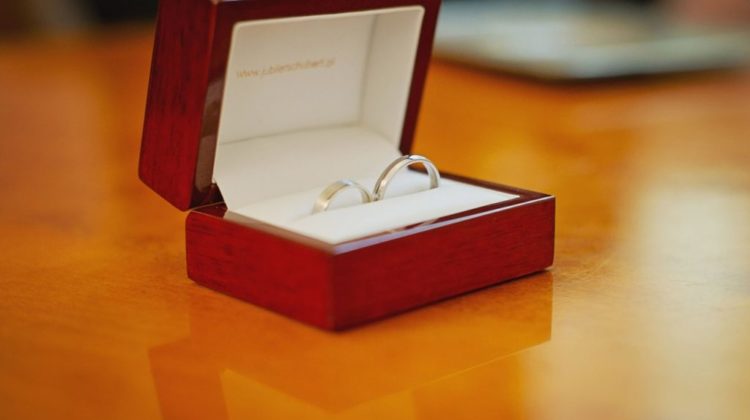
A Moroccan wedding is really a special time and consists of several events over anything from 3 days to a week. A wedding in Morocco is a combination of culture, tradition and bringing families together. Here’s an outline of a typical Moroccan wedding.
Pre Marriage
Up to a year before the big event the bride and groom start making the marriage arrangements. An Adoul or notary presides over the signing of a formal marriage agreement between the couple in the simplest ceremony with family members present.
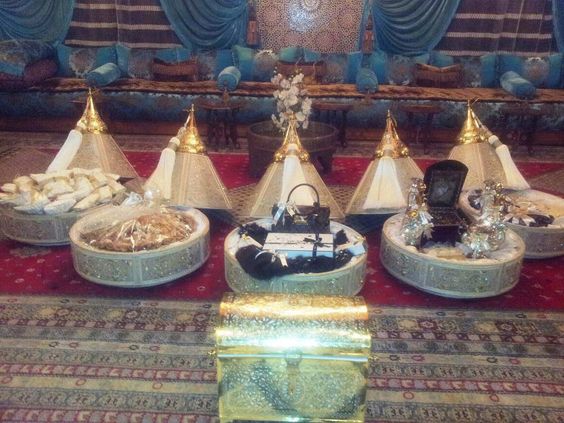
The groom also gives the bride gifts and these symbolise aspects of the future together. Milk symbolises purity whilst sugar denotes a happy life. Simpler gifts such as flowers or dates are also used and sometimes more lavish items such as bales of cloth, perfume and jewelry are gifted.
Traditionally the gifts are presented in a large silver colored container with a conical lid.
Two days prior to the wedding the bride and her girlfriends visit a traditional hammam as a purification ritual. Songs are sung and it is part of the marriage tradition here in Morocco.
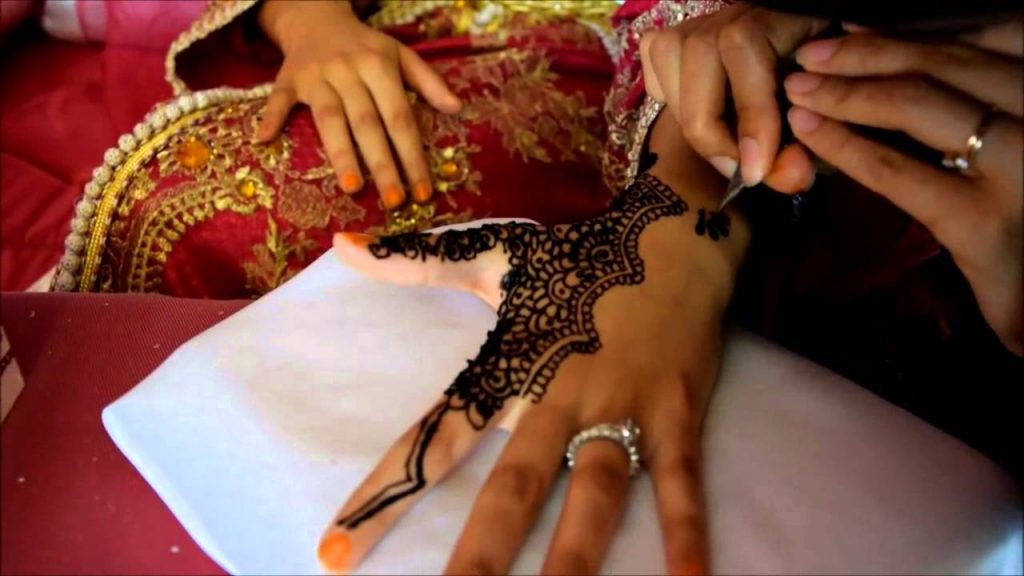
Following the hammam ceremony the henna ritual takes place. The bride is visited by a hennaya or traditional henna artist who paints intricate designs on her hands and feet.
There are symbolic motifs in the design which is said to bring good luck. Female friends of the bride also get the henna treatment.
The Wedding Day
A wedding day begins early in Morocco. It starts with song and music but there are Koranic chants too as a way of praising Mohammed and a blessing to the ceremony.
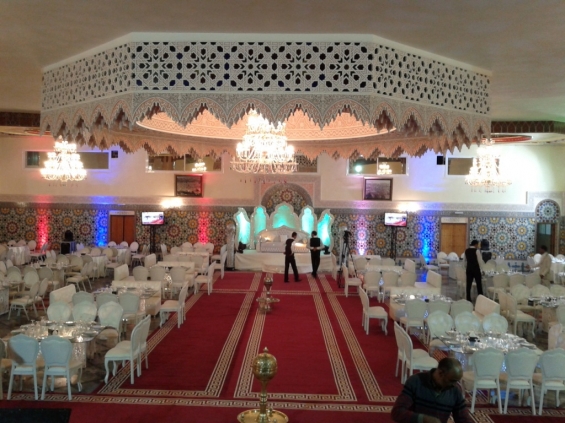
The guests then arrive in a large room and are followed by the bride and groom who wear a white kaftan. They are seated in a large chair called an Amariya and then lifted by four men and paraded round the room so that everyone can see them and greet the happy couple.
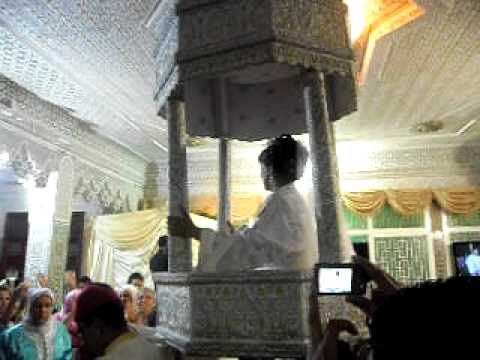
During the wedding ceremony the bride wears as many as seven outfits. Neggafates surround the bride at a wedding and these are the experts in how to dress, make up, hair styling and many more bridal necessities. The wedding simply cannot take place without them and they play a huge role in making sure everything is just right.
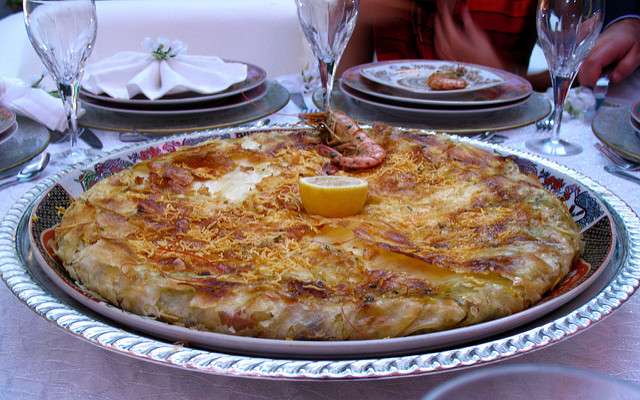
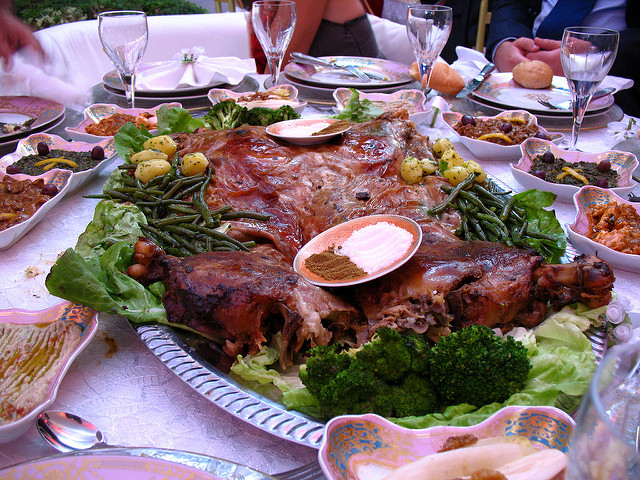
Food plays a major part in a Moroccan wedding. There are many lavish dishes including Mashwi or baby lamb, pastille which is pigeon in a pie with cinnamon and almonds, and traditional pastries. There is dancing and music too and the event usually goes on until dawn.
After the feasting there is a car parade around town with horns, cheering and laughter. The bride and groom ride around the town and photos are usually taken in the parks. The couple then head to the groom’s home where they are traditionally welcomed by the bride’s mother in law with dates and milk.
What is the Role of a Negafa in Moroccan Weddings?
A negafa is a woman who acts as a wedding planner and helps the bride prepare for her wedding in traditional Moroccan style.
This includes dressing the bride in the appropriate clothing and adorning her with jewelry and makeup.
The negafa also plays a cultural role in the wedding ceremony, acting as a witness and advisor to the bride during the traditional wedding rituals.
In addition to helping with attire and makeup, a negafa may also offer hairstyling and henna tattooing services to complete the bride’s wedding look.
What is the the Amaria in Moroccan Wedding Culture?
In the Moroccan wedding tradition, the bride is typically placed on the Amaria. The Amaria is an elegant, roofed platform that is carried by a group of 4 to 6 men, known as the Amaria bearers(usually part of the Negafa’s team.
The groom leads the walk with the Amaria bearers, and the bride is carried on the platform, often accompanied by her female relatives and friends.
Moroccan Wedding Music
Moroccan weddings are known for their vibrant and festive atmosphere, with music playing a central role in the celebrations.
In addition to the main orchestra, known as l’jouq, many Moroccan weddings also feature a secondary band called dakakiya or issawa, depending on the region.
These bands specialize in traditional music styles like chaabi (Moroccan pop) and Andalusi, as well as local music representing the bride and groom’s home region.
The bride and groom often make grand entrances accompanied by the music of these bands, adding to the overall celebratory mood of the wedding.